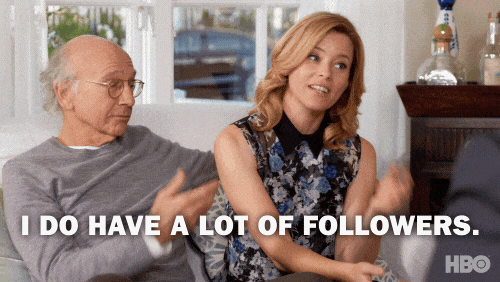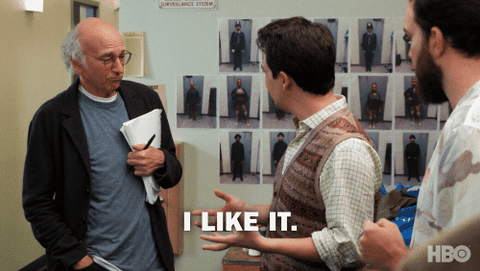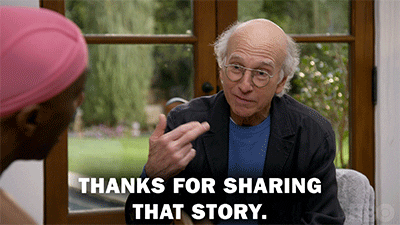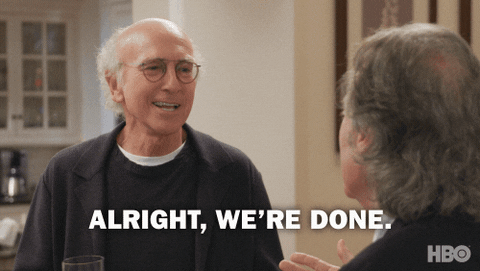Let's sail into the unknown...down the jungle river under leafy canopies until...what's this? A clearing? And in the centre of the clearing...the keys to the puzzle.
Okay, maybe I'm being dramatic, but it's the Instagram algorithm, guys. Killer of shops, supposed 'shadow banner'. So, it's time to know your enemy.

Recently, as part of its Creator Week, the image-based social platform has offered extra insight into its inner workings, starting with the infamous algorithm. The whole thing aims to detail how it determines who and what performs well, and when.
Instagram says its move to relevancy sorting, over the original chronological feed, has led to its 800m users seeing 90% of their friends' posts, and even spending more time on the app.
Yet the platform has never explained how its algorithm works...until just recently.
“We want to better explain how Instagram works. There are a lot of misconceptions out there, and we realise we can do more to help people understand what we’re doing", said the platform.
"Today we are sharing the first in a series of posts that will shed more light on how Instagram’s technology works and how it affects the experiences people have in the app. This first post tries to answer questions like "How does Instagram decide what shows up for me first?”; “Why do some of my posts get more views than others?"; and "How does Instagram decide what to show me in Explore?"

According to The Gram, there are six factors that influence the algorithm, in terms of the feed posts:
- Interest
- Relationship
- Timeliness
- Frequency
- Following
- Usage
So, let's start with how The Feed works.
The Feed
The feed is pretty much a combination of all the Instagram behaviour your followers perform. This includes the accounts they interact with most, the type of posts they interact with, and the people they are tagged in photos with.
That's why it's so important to stay regular with your content. If your followers are tagging people in giveaways, and commenting on regularly posted content, they're more likely to be shown your posts in the future. It's all about sending positive signals, and vibes, to the algorithm. Namaste.

It's important to keep users interacting with your social posts, as we know the algorithm prioritises content with high levels of engagement. But what metrics should you be focusing on? What are the most important metrics for engagement?
Instagram has revealed the most important engagements for feed ranking are exactly what you'd think; likes, re-shares, video views, and comments. So concentrate on these when you plan your content.
Most of the content you are shown is based on a set of predictions the platform makes, based on how likely you are to interact with a post in different ways.
With the feed, and stories for that matter, the highest ranking posts are mainly the recent posts shared by the people users follow. This excludes ads, of course, but a majority of what they see in these cases are based upon who your followers, well, follow.
So it's important to gather a wide client base, but also have an active client base that's going to be willing to interact with your content.
"Next we take all the information we have about what was posted, the people who made those posts, and your preferences," say Instagram. "We call these “signals”, and there are thousands of them. They include everything from what time a post was shared to whether you’re using a phone or the web to how often you like videos."
The most important 'signals' across the feed and stories are:
- Information about the post. How popular a post is, when it was posted, length of video, where the photo was taken.
- Information about the poster. How interesting this person might be to another user, how many people have interacted with them in the past few weeks
- The user's activity. What they might be interested in, what posts they've liked previously.
- The user's history of interaction. Whose posts are they going to be interested in seeing?
They continue: "In Feed, the five interactions we look at most closely are how likely you are to spend a few seconds on a post, comment on it, like it, save it, and tap on the profile photo.
The more likely you are to take an action, and the more heavily we weigh that action, the higher up you’ll see the post. We add and remove signals and predictions over time, working to get better at surfacing what you’re interested in."
There are times when other considerations are taken into account, however. They try to avoid showing too many posts from the same person in a row. So, take your time and take a break between posts. Another is "re-shared" stories, i.e. stories that are feed posts, re-posted by the user onto the temporary feed.

"Until recently, we valued these Stories less, because we’ve heard consistently that people are more interested in seeing original Stories. But we see a swell of re-shared posts in big moments – everything from the World Cup to social unrest – and in these moments people were expecting their Stories to reach more people than they did, so we stopped."
Also, you have to consider not just the why and the how, but the when. Instagram's algorithm always wants to give its users the latest posts. So you need to consider what is the best time for your audience, and post then.
This way, followers won't miss your posts, plus you can schedule content for when they're going to be most active. That means more likes, shares and comments.
The Explore Page
The most important signals in the case of the explore feature tend to be:
- Information about the post. It's all about how popular a post seems to be. This tends to be seen in how quickly people are liking, commenting and sharing. It's even more important in this case, than with the Feed.
- The user's history of interacting with the person who has posted. This provides an idea of how interested the user will be in their content.
- Activity. Again, a user's likes, comments, and saves.
- Information on the person who has posted. Who has interacted with them, how many times they've been interacted with, etc.
Basically, the algorithm's job is to give people what they want, or what they don't know they want. It tends to be a mix of what they're searching for, and some 'diverse and preference-broadening content', which sounds exactly how an alien would describe Glee.
By tracking user affinity, and video/image content recognition, Instagram gets the right posts to the right people.

So, this kind of system requires you to appeal to exactly what your audience will like. Your niche has to be incredibly defined, and every piece of content has to match the tone of voice, style and story that has done well with your followers in the past.
Other ranking signals
Organic reach can be impacted by a few other things, but this tends to have to do with user behaviour over yours.
Though, by understanding this, you can predict what your personas can do, and build your campaigns from there. So, keep a watchful eye on your users':
- Frequency of use. Are your followers frequent users of the app? People who open their feeds 100 times a day are more likely to see your post - and everyone else's for that matter - than less frequent users. People who don't open the app will rely more heavily on the algorithm for curation of their feed.
- Number of followed accounts. People who follow more accounts will be more likely to miss posts. Use the above tricks to do your best in being seen, if this is the case for your target audience.
- Session time. Similar to frequency of use - if your followers spend a long time with their feed, they're likely to see every post. This means you might change up your posting frequency, based on how your audience uses the app.
With all this, consistency is key. But knowing your audience is key-er. And don't try to game the system - Instagram can spot a shifty account from a mile off!

